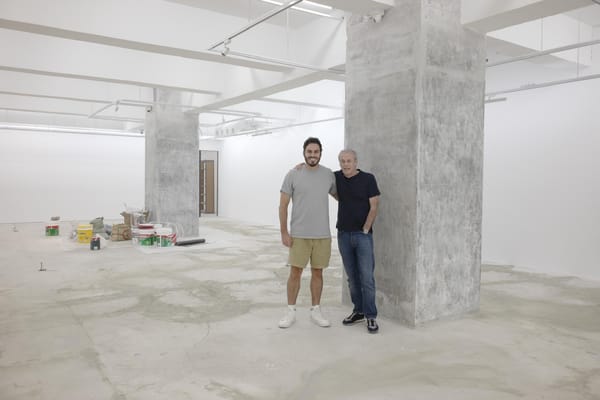People
Six Essential Works of Cao Fei
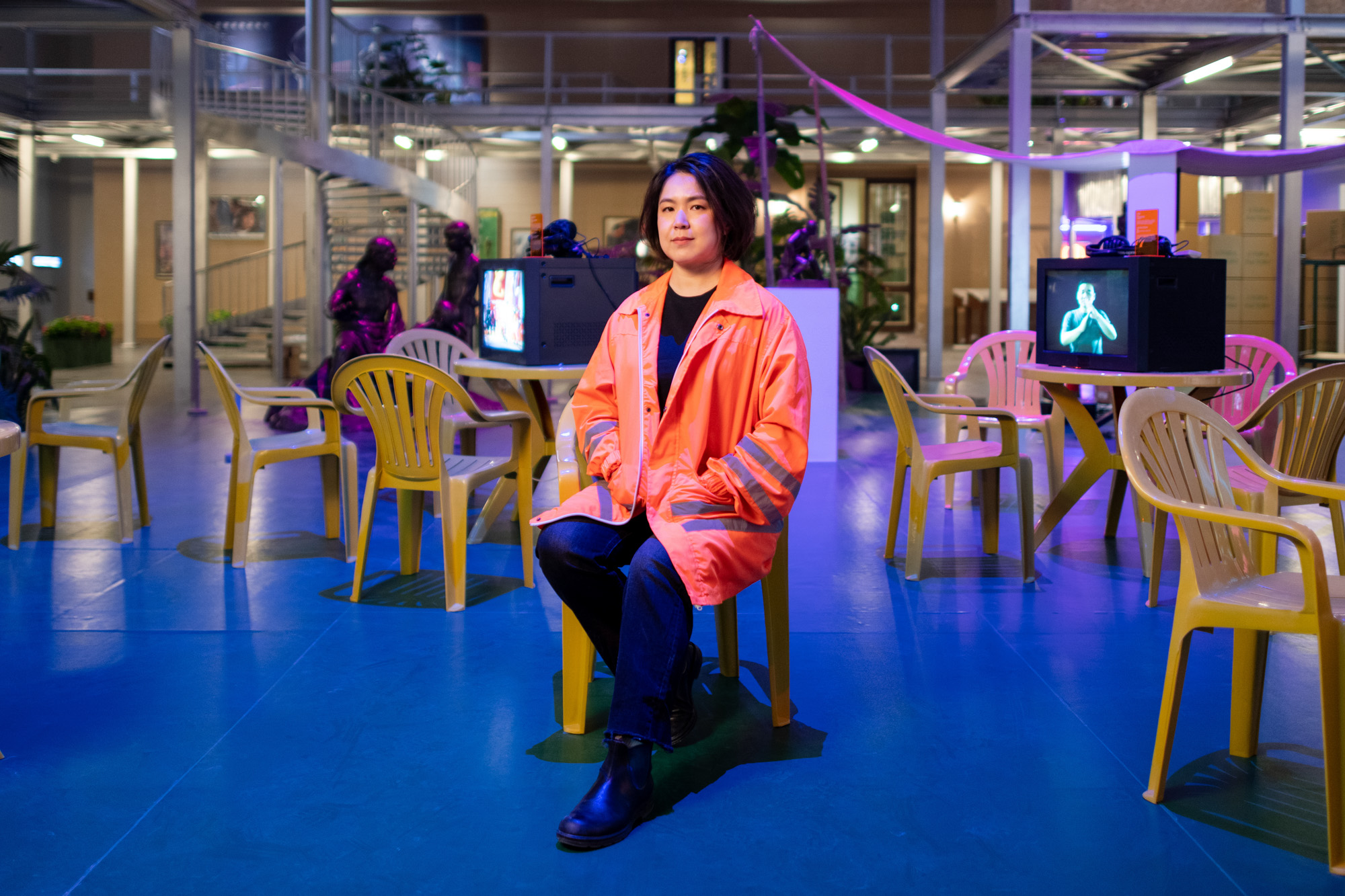

Ever since Cao Fei was featured in the controversial “Fuck Off不合作方式” exhibition, curated in 2000 by Ai Weiwei and Feng Boyi at Shanghai’s Eastlink Gallery, she has been known as a chronicler of alternative youth culture. More than two decades later, Cao is having her first career survey in China at UCCA Beijing, “Staging the Era,” which opened on March 12. The retrospective exhibition spans more than two decades of her video, multimedia, and film projects, starting from her art-school days in Guangzhou to her explorations of urban cosplayers, factory workers, and Second Life virtual-reality avatars. In the last decade, Cao has expanded into increasingly cinematic projects while also taking on historical subjects like a former prison complex in colonial-era Hong Kong, in Prison Architect (2018), and the fate of an industrial Beijing neighborhood in her latest project HX (2019–20). Cao has exhibited at major events in recent years, including the 56th Venice Biennale in 2015, and has held solo exhibitions at leading museums and institutions from MoMA PS1, New York (2016) and Tai Kwun Contemporary, Hong Kong (2018) to the Centre Pompidou in Paris (2019), and the Serpentine Galleries, London (2020). Here’s a look back at six works that have defined the artist’s career to date.

Cosplayers (2004)
The project that brought Cao Fei to international attention, Cosplayers captured what was a new trend among urban youth in southern China (borrowed from their peers in Japan) of dressing up as anime characters and transforming the world into a fantasy realm. While these teenagers are often rejected by society for what they love to do, they feel invincible in their fantastical world when they become ninjas, warriors, or fairy princesses. By shooting the video in the urban villages in Guangzhou and pairing these young people with elders or against landscapes of modern infrastructure, Cao highlights the bizarre territory where urbanization is interspersed with nature and where mundane daily life clashes with wild imagination.
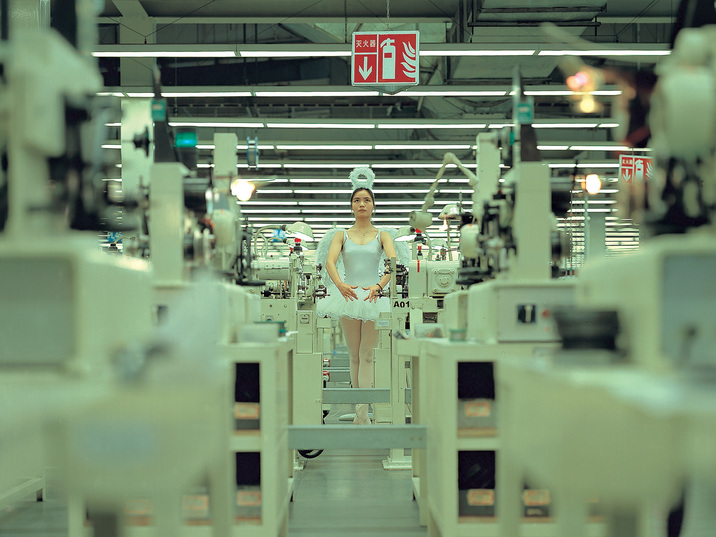
Whose Utopia? (2006)
Cao Fei’s video work Whose Utopia? was born out of her six-month residency at Siemens OSRAM lighting factory in Foshan, a manufacturing megacity in the Pearl River Delta region. Commissioned as part of Siemens Arts Program’s project “What are they doing here?” (2000–06)—which sought to capture lively interactions between artists and various Siemens employees on-site—Cao poetically illuminates the aspirations of rural migrant workers, whose labour is often unnoticed in China’s rapid urbanization, as they play electric guitars or perform ballet against the industrial backdrops where they work.
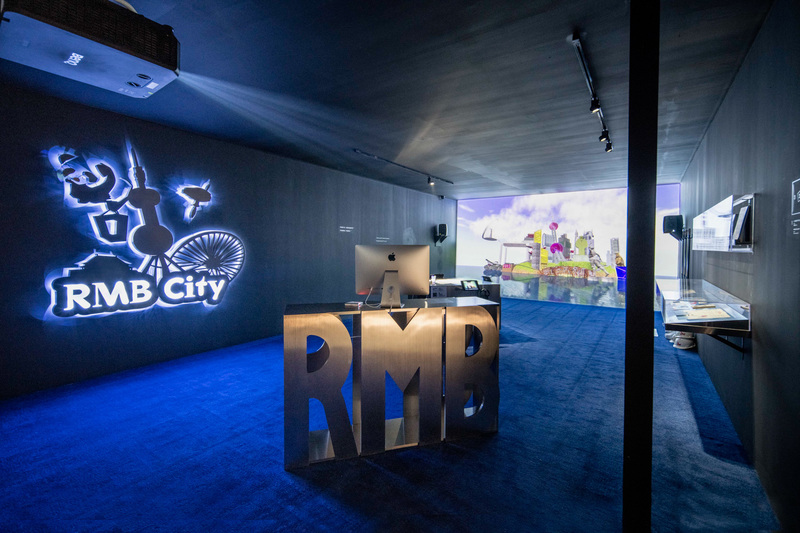
RMB City (2007)
Named after the abbreviation of China’s currency, the renminbi, RMB City is a virtual island created in Second Life featuring landmarks of Chinese infrastructure including the Three Gorges Dam, the Oriental Pearl TV Tower of Shanghai and architectural landmarks from Beijing, such as Rem Koolhas’s CCTV Headquarters and the “Bird’s Nest” National Stadium created for the 2008 Olympics. Between 2009 and 2011, Cao operated and developed the site using her avatar, China Tracy, and invited a number of netizens and investors to join her online residence. Branding it as “A Great Real Estate Opportunity in Second Life/A Unique Investment Possibility in First Life,” the project critically reflected on people’s inability to afford housing in China’s fast-developing cities and the bubble effects of real-estate development.
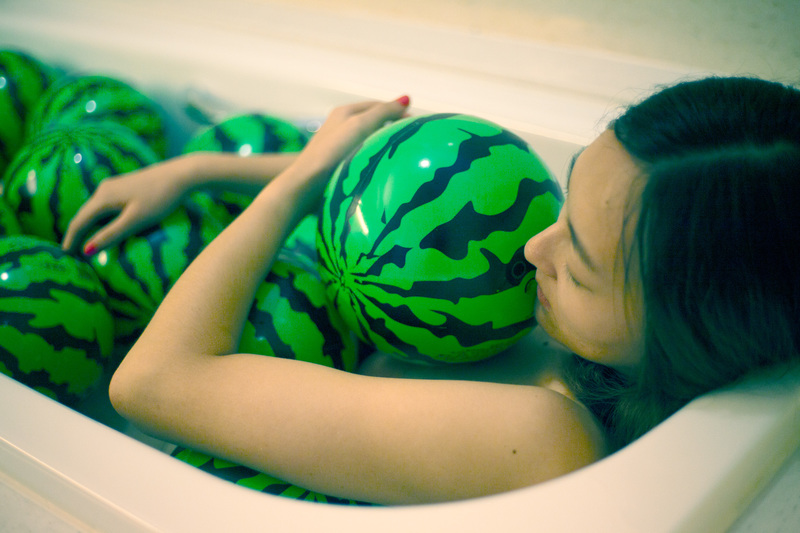
Haze and Fog (2013)
In her first feature film, Haze and Fog, Cao Fei reimagines the Western zombie film genre to explore what it truly means to be alive. The “haze and fog” speaks to an invisible and unspeakable state of congestion brought about by a rapidly urbanized world. Using dark humor, Fei nods to the loss of self and tradition in contemporary life, as the film follows the disconnected lives of middle-class, service-industry workers, such as a cleaner, security guard, babysitter, and sex worker, performing mundane everyday tasks—and on the brink of zombie transformation.
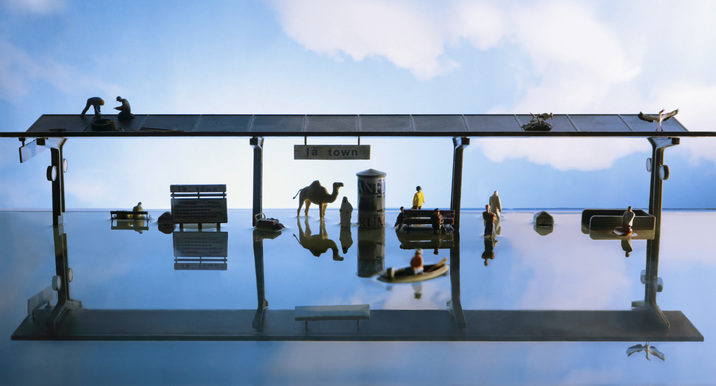
La Town (2014)
Cao Fei’s 41-minute film La Town presents a diorama of a dystopian, post-apocalyptic metropolis filled with miniature figurines of people, animals, zombies, and sea monsters among derelict buildings, a McDonald’s, movie theaters, and flickering neon Shell sign. Depicting the wreckage of a consumerist utopia after an unknown catastrophe, the film shatters the illusion of societal stability. With an accompanying narration in French, based on the script of Alain Resnais’ existentialist film Hiroshima Mon Amour (1959), Fei mirrors the contemporary milieu through her interplaying of scenes both recognizable and unimaginable.
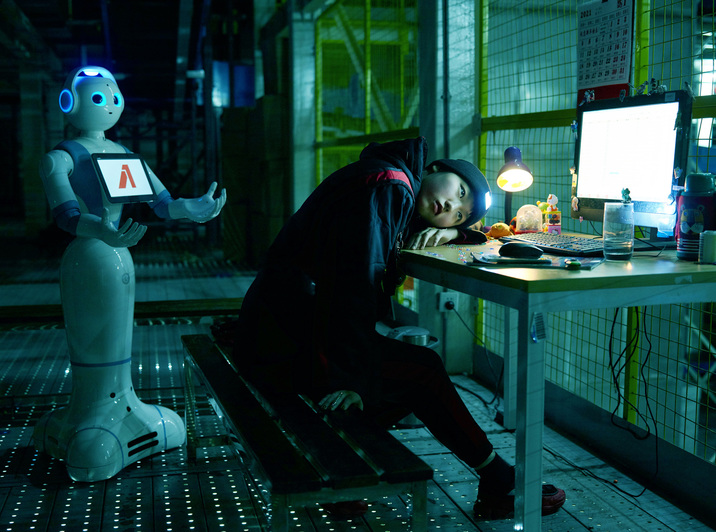
Asia One (2018)
Situated in the world’s first fully automated distribution center in China’s Jiangsu province, Asia One is an hour-long sci-fi film that portrays a romance between the only two human workers on the assembly lines of Asia One Unmanned Warehouse. Alienated from each other by their tedious, repetitive jobs of scanning and sorting goods, and increasingly coming to resemble the AI robots they work alongside, the humans start to develop emotions for each other. Inspired by the rapid development in China of a massive e-commerce industry with companies like JD.com, Cao explores the beauty of humanity in a mechanical system of consumerism.







